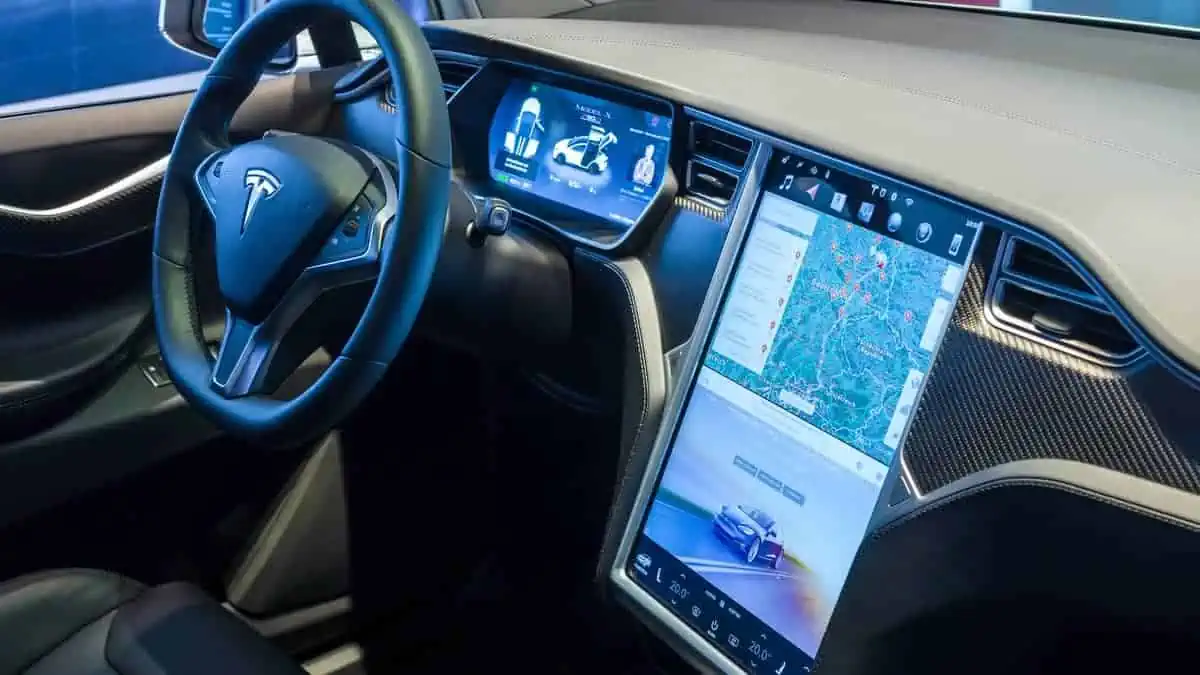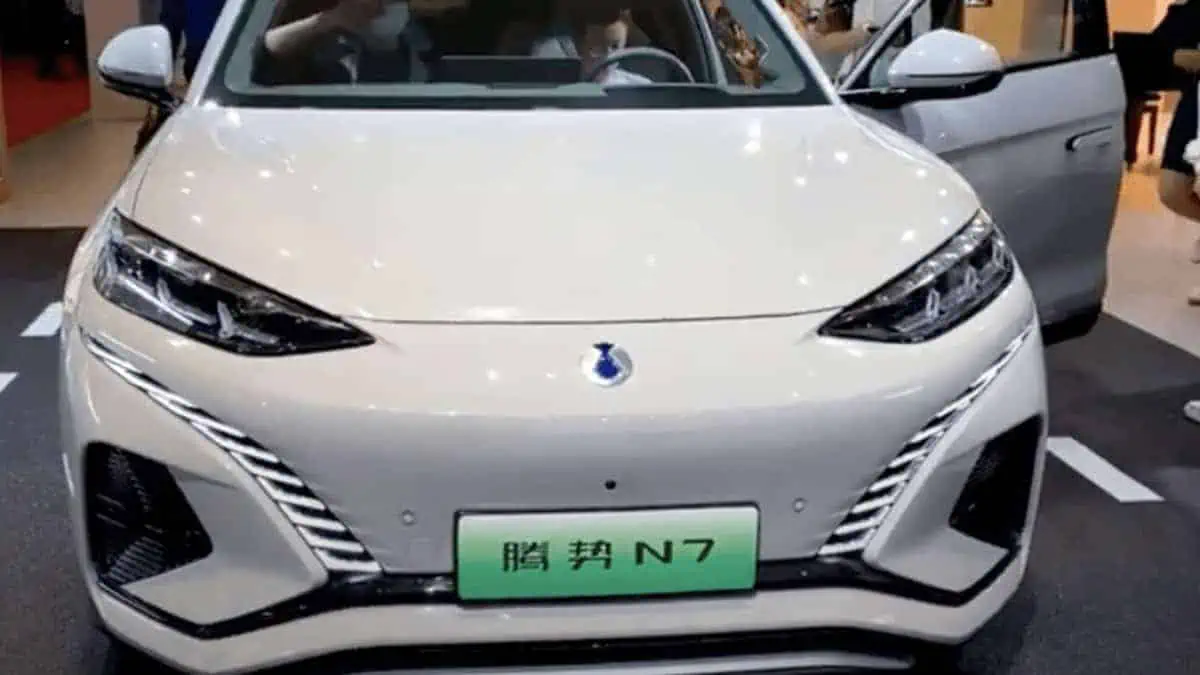American EV giant Tesla has finally begun implementing the “wide” release of the Full Self-Driving Beta v11.3.2 to testers, as Tweeted by CEO Elon Musk on March 15.
“V11 starts going wide this weekend”
Tesla CEO Elon Musk
About the update
The FSD v11.3.2 is a relevant software update that incorporates the FSD and Autopilot highway stacks of the electric automaker.
In retrospect, Tesla initially released the update (v11.3.2) to its employees at the end of 2022, as per Tesmanian. Then, the update reached select test program participants several weeks ago after that.
On March 19, some testers posted in the online community that they had installed the new FSD Beta v11. Interestingly, CEO Musk responded, stating the automaker’s progress toward NNs application.
Remarkably, the first testers were impressed with the update, saying that the software was substantially improved.
Tesla FSD v11.3.2 full release notes
Below are the complete release notes for the Tesla FSD v11.3.2:
- Enabled FSD Beta on highway. This unifies the vision and planning stack on and off-highway and replaces the legacy highway stack, which is over four years old. The legacy highway stack still relies on several single-camera and single-frame networks and was set up to handle simple lane-specific maneuvers. FSD Beta’s multi-camera video networks and next-gen planner, that allows for more complex agent interactions with less reliance on lanes, make way for adding more intelligent behaviors, smoother control and better decision making.
- Improved recall for close-by cut-in cases by 15%, particularly for large trucks and high-yaw rate scenarios, through an additional 30k auto-labeled clips, mined from the fleet. Additionally, expanded and tuned dedicated speed control for cut-in objects.
- Improved the position of ego in wide lanes, by biasing in the direction of the upcoming turn to allow other cars to maneuver around ego.
- Improved handling during scenarios with high curvature or large trucks by offsetting in lane to maintain safe distances to other vehicles on the road and increase comfort.
- Improved behavior for path blockage lane changes in dense traffic. Ego will now maintain more headway in blocked lanes to hedge for possible gaps in dense traffic.
- Improved lane changes in dense traffic scenarios by allowing higher acceleration during the alignment phase. This results in more natural gap selection to overtake adjacent lane vehicles very close to ego.
- Made turns smoother by improving the detection consistency between lanes, lines and road edge predictions. This was accomplished by integrating the latest version of the lane guidance module into the road edge and lines network.
- Improved accuracy for detecting other vehicles’ moving semantics. Improved precision by 23% for cases where other vehicles transition to driving and reduced error by 12% for cases where Autopilot incorrectly detects its lead vehicle as parked. These were achieved by increasing video context in the network, adding more data of these scenarios, and increasing the loss penalty for control-relevant vehicles.
- Extended maximum trajectory optimization horizon, resulting in smoother control for high curvature roads and far away vehicles when driving at highway speeds.
- Improved driving behavior next to row of parked cars in narrow lanes, preferring to offset and staying within lane instead of unnecessarily lane changing away or slowing down.
- Improved back-to-back lane change maneuvers through better fusion between vision-based localization and coarse map lane counts.
- Added text blurbs in the user interface to communicate upcoming maneuvers that FSD Beta plans to make. Also improved the visualization of upcoming slowdowns along the vehicle’s path. Chevrons render at varying opacity and speed to indicate the slowdown intensity, and a solid line appears at locations where the car will come to a stop.
- Improved the recall and precision of object detection, notably reducing the position error of semi-trucks by 10%, increasing the recall and precision of crossing vehicles over 100m away by 3% and 7%, respectively, and increasing the recall of motorbikes by 5%. This was accomplished by implementing additional quality checks in our two million video clip auto labeled dataset.
- Reduced false offsetting around objects in wide lanes and near intersections by improving object kinematics modeling in low-speed scenarios.
Source: Tesla
See Also:
- Tesla FSD Beta saw a 475% YoY growth, 78% since Q3 2022
- Elon Musk says the Tesla FSD Beta V11 will expand over a few weeks before public release
- Tesla FSD Beta Update v10.69.3 guarantees significant improvements
- Tesla FSD Beta 10.69.3 to be released next week
- Tesla delivers hardware 4 computers (FSD2)-equipped vehicles
It is worth noting that Tesla has already enrolled 400,000 testers in the FSD Beta program in North America since its wider release in 2022.
Nonetheless, testers must always exercise caution when trying the new software update and be prepared to take the wheel anytime.






